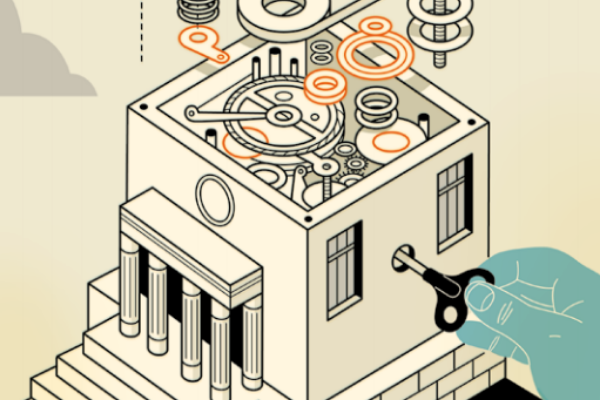Why the Fed Is a Well-Designed Central Bank
Independence + Accountability

The Federal Reserve has taken unprecedented actions in the financial markets since the advent of the financial crisis. Noteworthy examples include lending more than $1.5 trillion to financial institutions and buying $1.25 trillion of mortgage-backed securities to stabilize the economy. The large scale of these interventions has brought intense public scrutiny of the Federal Reserve's powers and institutional structure. In particular, many have questioned why the Fed has the freedom to engage in such actions without the explicit consent from Congress or the president. This freedom from political interference is commonly referred to as "central bank independence."
The focus of this essay is to review why Congress made the Federal Reserve independent when it created the Fed in 1913. The essay also addresses the fundamental tension that comes with an independent central bank: how to ensure that these policymakers are accountable to the electorate without losing that independence. The key point to remember is that giving the central bank independence is the best method for governments to tie their own hands and prevent them from misusing monetary policy for short-term political reasons.
Part 1: The Power of Money
Governments have a great power that no one else in the economy has—the ability to print money. This power, however, brings with it a dangerous temptation.
Part 2: Central Bank Independence and Inflation
To minimize the "inflation bias" of of discretionary monetary policymaking, many governments have decided to give their central bank legal independence.
Part 3: A Series of Checks and Balances
While the Federal Reserve was created to run monetary policy, it was given a complicated system of checks and balances.
Part 4: Will the Financial Crisis Further Limit the Fed's Independence? Should It?
As part of the Fed's accountability to the public, senior Federal Reserve officials testify regularly before Congress.
Part 5: A Well-Designed Institution
Over the years, there have been changes in the Fed's structure to improve its independence, credibility, accountability and transparency.
Credits
- Christopher J. Waller, Author
- Kevin L. Kliesen, Contributor
- Steve Greene, Editor
- Brian Ebert, Designer
- Barb Passiglia, Production
- Harry Campbell, Illustrator

